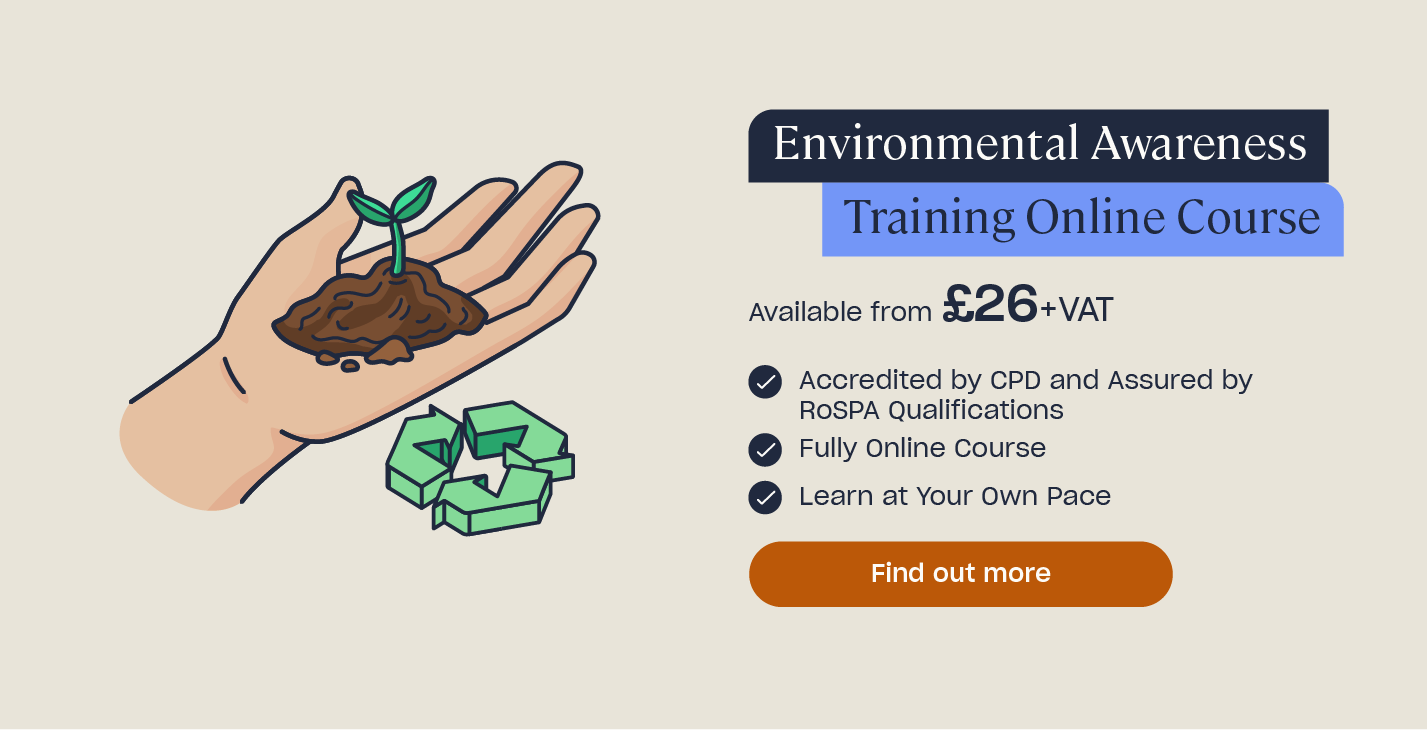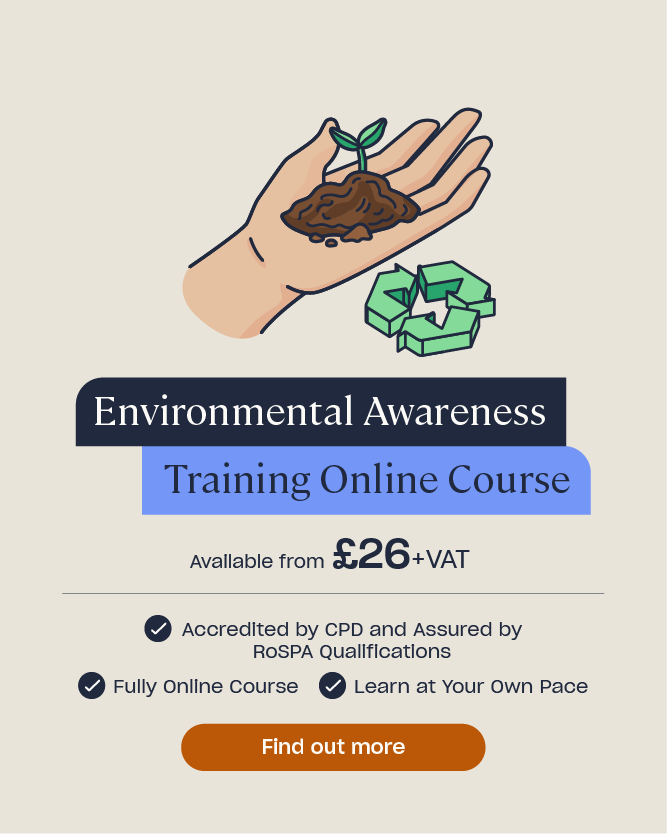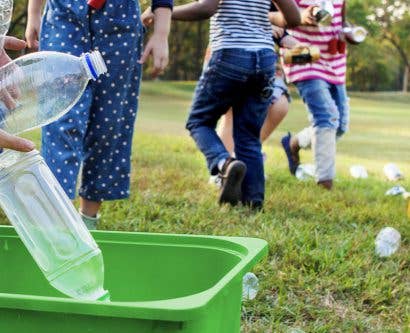Going for Green: How to Make Your School More Eco-Friendly
Education has a vital role to play if we are to tackle climate change effectively. Promoting environmental awareness in schools can help to increase eco-awareness, and in turn, reduce our carbon footprint.
We know that greener choices will lead to a happier world, a healthier population, increased employment opportunities, and a more sustainable future.
Whether you’re a teacher, parent, or governor interested in going for green, or you simply want to live an eco-friendlier lifestyle, then keep reading. In this article, we’ll introduce the concept of sustainability in schools, outline the role education has to play in improving the climate crisis, and explain what schools can do to become greener, happier, healthier places.
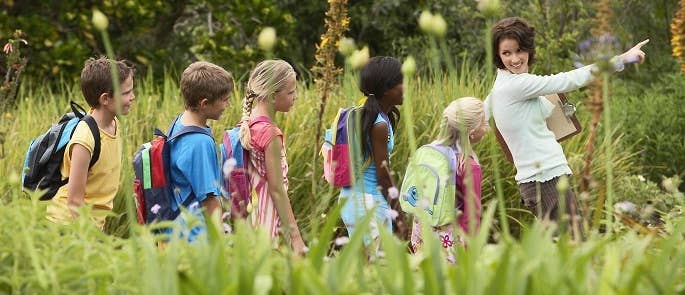
The Climate Crisis: What Do We Know?
Our planet is headed for disaster. We need to learn how to work with nature, rather than against it.
David Attenborough
We know that the climate has reached a global crisis. For the last 3,000,000 years, the planet has been able to self-regulate its temperature across a very narrow range. What we are now seeing across the world are record-breaking climate extremes. There have been catastrophic floods in Germany, India, and China. Heat waves have wreaked havoc in the northern hemisphere. Greenland is losing trillions of tons of ice. Almost half of the Great Barrier Reef has died. Sea levels are rising. Fires blaze in Canada and Siberia, and the Amazon rainforest may start emitting carbon within 15 years.
Sadly, we know that we’re far too close to a crucial tipping point for our planet.
To have a hope of curbing global warming to 1.5 degrees, we need to cut global emissions in half by 2030, and get to net zero by 2050. In order to achieve this ideal, we all have a role to play.
Test Your Class
How environmentally aware are your class? Take a look at our Environmental Awareness for Kids Quiz to find out.
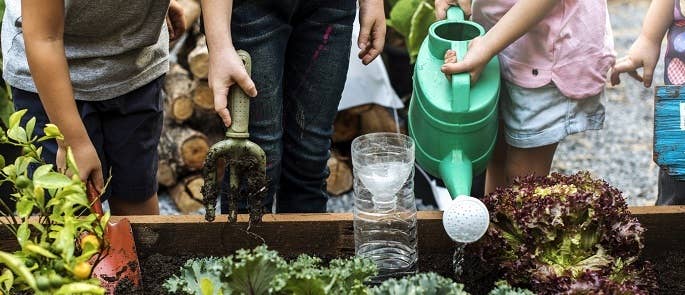
What is Sustainability in Schools?
Being sustainable means to cause little or no damage to the environment through your actions, meaning the action can continue, or be sustained, for a long period. It’s a way of meeting our own needs, without compromising the ability of future generations to meet theirs. The term ‘sustainability’ does not have a set benchmark, and we now use terms such as eco-friendly and green interchangeably.
Teaching sustainability in schools arms future generations with the knowledge, skills, attitudes and values needed to create a sustainable future. Increased awareness has led to a surge in the number of schools applying for sustainability accreditations. The Eco-Schools project, part of the Keep Britain Tidy campaign, now work with over 20,000 colleges, schools and nurseries across the UK. Their seven-step environmental management framework aims to empower young people to introduce and lead environmental actions and education in their school.
We know that 22% of 9 to 17-year-olds believe that a healthy environment and planet is important for their future, with 40% indicating that they feel quite or very worried about the environment.
Approximately 42% of the world’s population is under 25, so educating children about the role they can play in restabilising our planet is one of the most fundamental things that we can do, if we are to bring about meaningful change.
Want to Learn More?
Our Environmental Awareness Training Course helps you to understand the importance of environmental awareness and how you can support your workplace’s initiatives to have an impact.

Benefits of Green Schools
Becoming a green school brings innumerable benefits. These include:
Financial Savings
Improved Wellbeing
Community Interest and Engagement
A Richer Curriculum
Do Schools Have to Be Sustainable?
Going green and becoming sustainable are not new initiatives in schools.
In a report published back in 2010, Ofsted stated: ‘We want to ensure that the providers we inspect and regulate are contributing to a sustainable future.’ The Department for Education also states it is committed to sustainable development and believe it is important to prepare young people for the future. In addition, being a sustainable school is argued to raise standards and enhance young people’s wellbeing.
However, many charities are now calling on the government to do more. The Green Schools Project wants Ofsted to update the personal development section of the inspection framework to acknowledge the importance of children’s contributions to their planet. In addition to assessing how learners are ‘equipped to be responsible, respectful and active citizens’, The Green Project wishes to add, ‘but also citizens who contribute positively to the natural world.’
More importantly, 89% of teachers surveyed for a recent Oxfam and YouGov research project believe that UK students should always be taught about climate change, its implications for environments and societies around the world, and how these implications can be addressed.
So what can you do to make your school greener, healthier, and more sustainable?
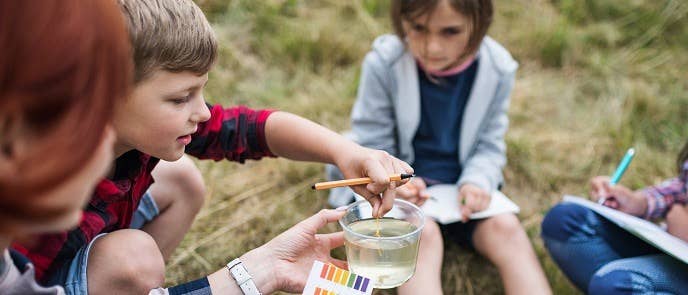
How to Become an Eco School
You may never know what results come of your actions, but if you do nothing, there will be no results.
Mohandas Gandhi
Want your school to be a beacon for all things green? Then here are our top ten tips.
1 – Hire Climate Leaders
Start by creating a staff ‘green working party’, and begin to plan out what actions are achievable for your school. Consider asking your students to apply for the position of Climate Leader. Their job will be to work with the students, staff, and wider community to spread the school’s greener message. Your interview process could involve students running an assembly on why going green matters to them. Once you have selected your Climate Leaders, work with them to create agreed targets, and plan out your actions for the year.
These actions could include organising a walk or ride to school week, a plastic-free lunchbox campaign, or a ban on all single-use plastic water bottles. Your Climate Leaders could even employ their own Energy Angels, whose job it would be to turn off lights when they’re not in use.
If your Climate Leaders are older, why not ask them to run a community webinar for parents and carers, highlighting the importance of going for green?
2 – Have Plastic-Free Assemblies
Put together awareness assemblies, plays, or fashion shows for the school community. Use environmentally-friendly props, and make costumes out of recyclable materials.
3 – Take Over Social
In partnership with teachers, plan a school social media take over week to promote the importance of leading a greener life. Teach your Climate Leaders how to design simple, engaging infographics, listing stark statistics and graphs. You may wish to enlist the support of a local marketing company to help. Improve pupils’ communication skills by asking them to create a relatable message, suitable for your school’s demographic.
Furthermore, ask each class to create, feature in and record a climate change awareness campaign.
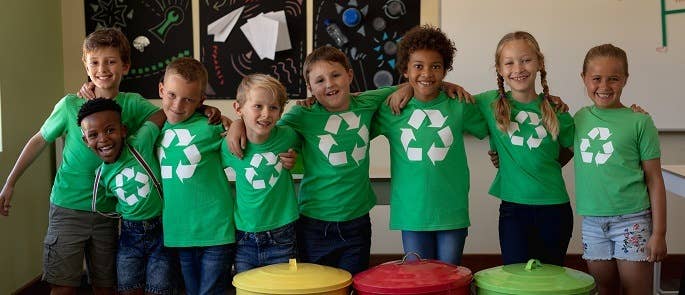
4 – Hold a Community Climate Conference
Ask your Climate Leaders to hold climate summits in school. Select an Eco Representative from each class, and ask them to attend, along with members of the wider school community – think senior leaders, governors, and community representatives. Climate Leaders could create the agenda, and start the meeting by stating how close they are to achieving the school’s green targets for that academic year.
5 – Arm Them With Knowledge
Access ready-made resources to tease into your curriculum. These include impactful animations, child-friendly TED talks, and ocean-themed creative writing workshops. Some of our favourites are WWF, Together For Our Planet, Sustainability First, and Backyard Nature.
Personalise students’ learning by providing them with real-life writing opportunities. Could students write to their local MP to ask for support in reaching their green targets? Similarly, could students work with a local recycling plant to create awareness campaigns for the local community?

6 – Become Accredited
Gain an award or accreditation by showing the world just how green your school is.
For example, students could get their Blue Peter Green Badge by pledging to reduce waste and recycle. Similarly, on a whole-school level, providers can work with Eco-Schools in order to achieve their very own internationally recognised sustainability mark, the Green Flag.
7 – Get Out There
Boost wellbeing and increase community connectedness by providing more opportunities for children to learn outdoors. Teach students the importance of protecting their natural ecosystems, which absorb half of our emissions – think litter picks, gardening clubs, pond cleaning, tree planting, beekeeping, and bug hotel creation.
8 – Work With Local Businesses
Reach out to local businesses to find out how you can work together to make your local area greener. Would the local supermarket showcase some of the school’s sustainable artwork? Could you partner with a landscaper to improve your school’s natural environment? Similarly, why not ask your local garden centre for any waste materials, which the children could then use to create compost, or new flower beds?
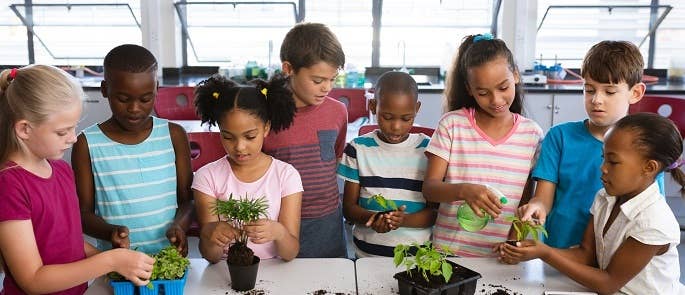
9 – Get Sponsored
A rainforest themed Bake Off, or a wild animal themed 5K fun run– whatever event you’re planning, ask the local community for sponsorship. Donate the funds raised to a global environment charity, such as the WWF, or use the money to improve the natural ecosystems around your school.
10 – Enjoy Green-Themed Days
As often as you can, celebrate all things green. Hold environment days, and link all of the learning around environmental awareness issues. The cross-curricular opportunities here are endless – think graphs in maths, creative poetry in English, and a local biodiversity study in science. Consider working alongside local restaurants to make your ‘schoolgrown’ fruit and vegetables into tasty dishes to serve at lunchtime.

Despite many arguing that children in the UK are not being taught enough about the climate emergency, Nadhim Zahawi, the education secretary, announced at COP26 that he would ‘put climate change at the heart of education’. While schools await guidance, many have already started their going for green journeys.
Children must be at the heart of climate change education – if we want to be successful in protecting our planet for future generations.
Ready to go for green? The team here at High Speed Training would love to follow your eco journey. Tweet us your pictures @hst-education.
Further Resources
- Environmental Awareness for Children: Ideas for Teachers
- Recycling in Schools: How Can We Reduce Waste?
- Environmental Awareness for Kids Quiz


